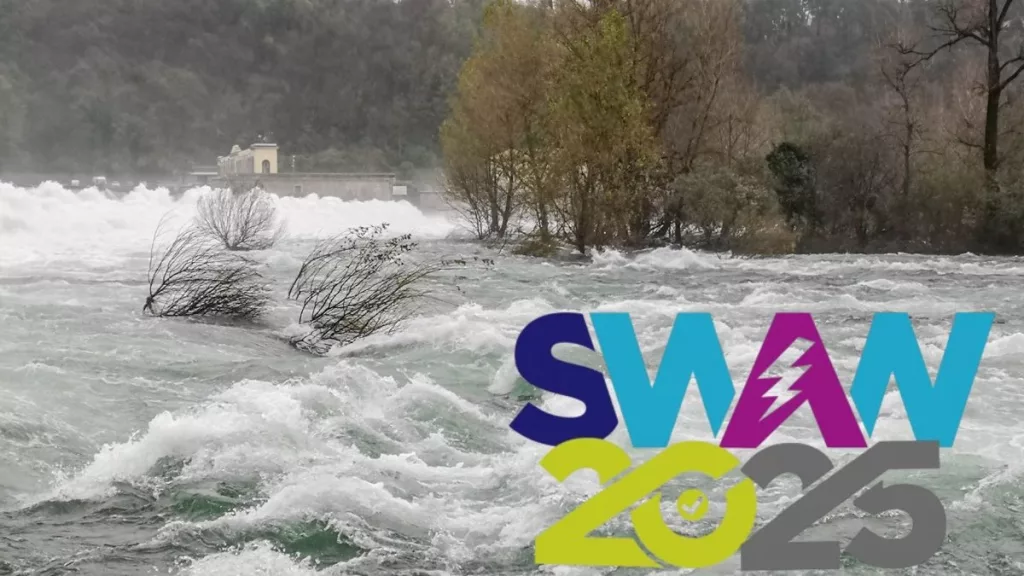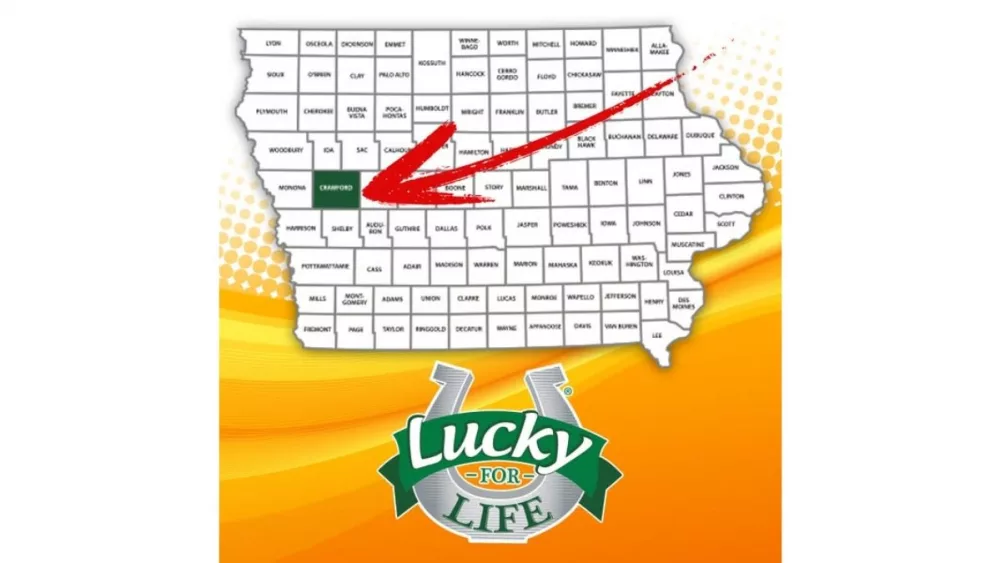Today (Friday) marks the final day of Severe Weather Awareness Week in Iowa, emphasizing flood safety. Carroll County Communications Center Director Jason Hoffman says floods are in a class of their own compared to other forms of severe weather, and he saw that firsthand last summer.
Two types of floods are most likely to occur in western Iowa. The first is fluvial floods, like what happened last year in Spencer after the Little Sioux River overflowed its banks. The other is pluvial floods, more commonly known as flash flooding. Fluvial floods occur when a large volume of rain or snow melts quickly in a river’s watershed and are generally limited to areas near waterways. Carroll County Emergency Management Agency (EMA) Coordinator Jeff Cullen says flash floods can happen anywhere.
In the worst scenarios, Hoffman and Cullen recommend evacuating before flood waters rise too high, as travel past that point is difficult. If trapped, get to the highest level of your home and avoid entering flood waters, as they carry unseen dangers like debris or electrical currents. Hoffman says the most common mistake is motorists who try to drive through a flood.
Six inches of moving water is enough to knock somebody off their feet, and a foot is enough to carry away most vehicles. As the saying goes, “Turn Around, Don’t Drown.” With 2025’s Severe Weather Awareness Week drawing to a close, emergency management officials from around the state are reminding Iowans to register for the Alert Iowa notification system, plan for severe weather events, and stay aware as storm season begins. Links to resources are included with this story online.
_____










